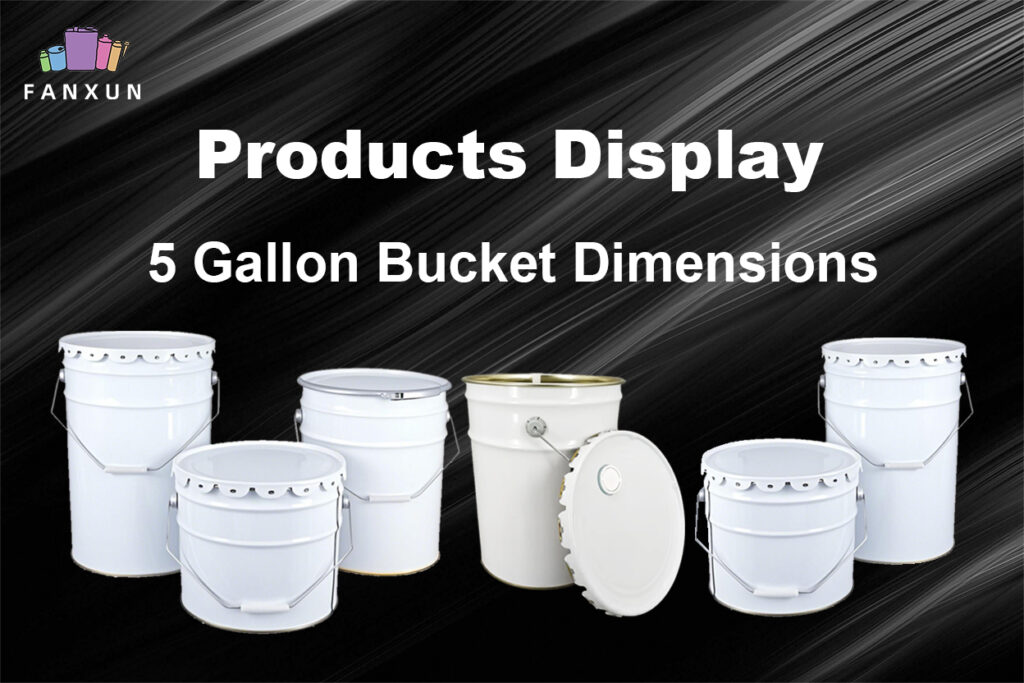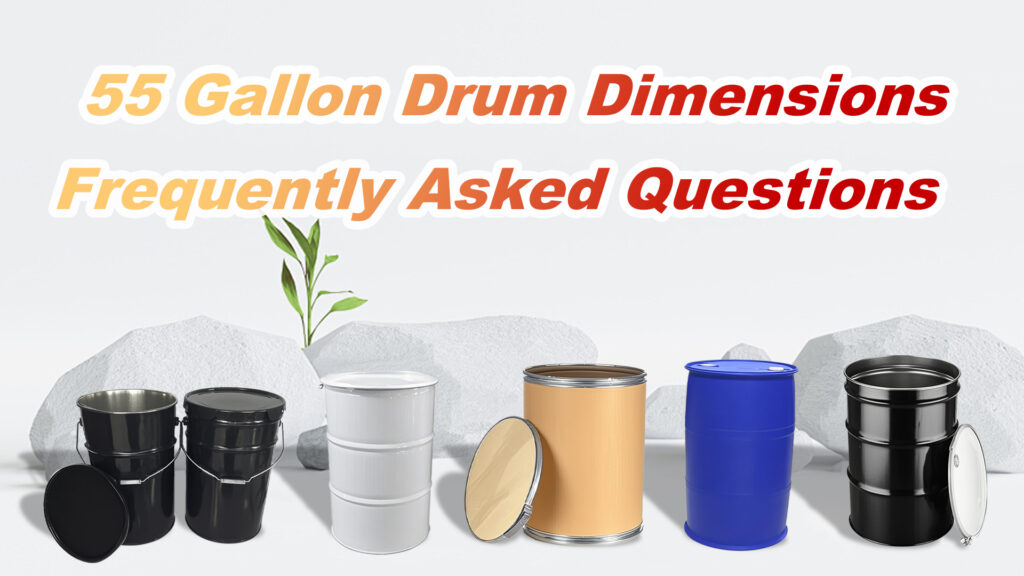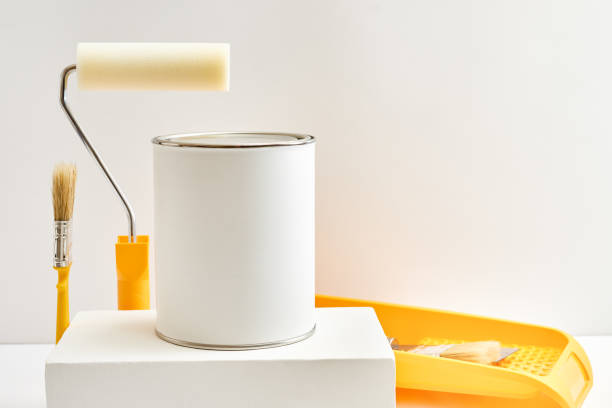When I first came across air horn aerosols, I thought of sports events and boat docks — places filled with energy, urgency, and noise. But the more I used them, the more I realized these compact, powerful devices serve a wide range of purposes, from safety to celebration. ในคู่มือที่ครอบคลุมนี้, I want to walk you through everything you need to know about air horn aerosols — not just as a product, but as a reliable tool that’s become an essential item for many people around the world.
The Origin and History of Air Horn Aerosols
Air horns have been around in various forms for over a century. Originally, they were large, mechanical devices mounted on ships and trains to serve as auditory signals. As technology evolved, the idea of compressing air into portable canisters came about — leading to the birth of the modern aerosol air horn.
The aerosol version we see today was developed primarily for maritime and emergency uses. It needed to be loud, portable, and dependable even in harsh environments. เมื่อเวลาผ่านไป, these horns moved beyond nautical settings, finding roles in sporting events, industrial safety, and even personal protection.
วันนี้, air horn aerosols are ubiquitous — used by sports fans, boaters, construction workers, event managers, and everyday consumers. The combination of simplicity, power, and portability is what makes them so effective.
How Air Horn Aerosols Work
An aerosol air horn typically consists of three main components:
-
A pressurized canister – containing a propellant gas, usually a hydrocarbon or compressed air.
-
A horn or nozzle – which converts the released gas into a loud, distinctive noise.
-
A triggering mechanism – usually a simple push button or lever that releases the gas.
When you press the button, the gas escapes at high velocity through a narrow opening, which causes the diaphragm in the horn to vibrate rapidly — producing a sound often exceeding 120 decibels.
Common Uses for Aerosol Air Horns
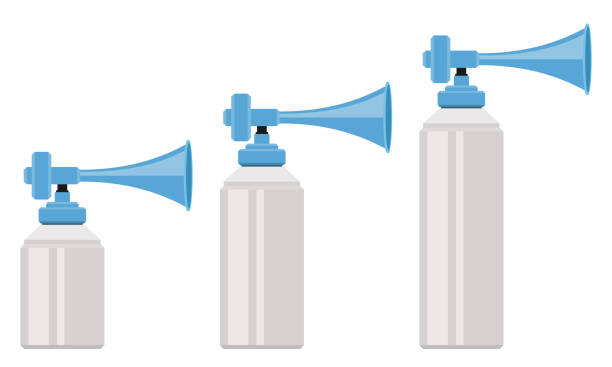
1. Maritime Safety
Maritime laws often require boats to carry an audible signaling device, and air horn aerosols fit the bill perfectly.
2. Sports Events
From soccer matches to marathons, air horns are used to signal starts, end times, or celebrate goals.
3. Emergency Signaling
In case of a natural disaster or accident, these horns can be lifesaving tools for drawing attention.
4. Industrial Settings
Factories and warehouses may use air horns for shift changes, evacuations, or alerts.
5. Personal Protection
Although unconventional, some people use air horns as a deterrent against wild animals or assailants.
6. Celebrations and Pranks
They’re also popular at parties, weddings, and even in school settings (though prank usage is often discouraged due to potential hearing damage).
Safety Considerations
Although air horn aerosols are generally safe when used correctly, there are some crucial safety guidelines to keep in mind:
1. Hearing Protection
The sound can exceed 120-130 dB, which is enough to cause hearing damage if used at close range. Always avoid blasting the horn near someone’s ear.
2. Safe Storage
These are pressurized canisters and should be kept away from heat, เปิดเปลวไฟ, or direct sunlight. Prolonged exposure to heat can lead to canister rupture.
3. Children and Pets
Air horns should be kept out of reach of children. Pets may react negatively to the loud noise, often becoming stressed or aggressive.
4. Ventilation
Avoid using the horn in enclosed, small, or poorly ventilated spaces. The propellant gas, though minimal, can cause respiratory irritation in rare cases.
5. Legal Considerations
Some municipalities regulate the use of air horns due to noise pollution. Check your local laws before using them in public spaces.
Do Air Horn Aerosols Expire?
This is one of the most commonly asked questions — and the answer is yes, technically.
While aerosol air horns don’t have an “expiration date” in the traditional sense, their effectiveness can diminish over time. นี่คือเหตุผล:
-
Propellant degradation: เมื่อเวลาผ่านไป, the gas inside can slowly leak or lose pressure, especially if the canister is stored improperly.
-
Mechanical wear: The plastic horn components can become brittle or clogged, especially in humid environments.
Best Practice: Check your air horn annually, especially if it’s kept for safety purposes (like on a boat or in a disaster kit). A quick test blast can confirm it’s still functional.
Choosing the Right Air Horn Aerosol
There’s no one-size-fits-all. When choosing an air horn aerosol, consider the following:
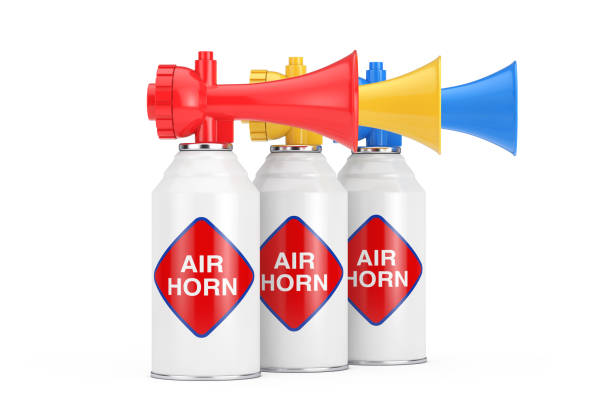
1. Decibel Rating
Louder isn’t always better. Choose according to your intended use. For marine or industrial use, 120 dB+ is often required.
2. Canister Size
Larger canisters last longer but may be bulkier. Small, pocket-size air horns are great for hiking or personal safety.
3. Reusability
Some air horns are designed to be refillable, though disposable models are more common.
4. Durability of the Horn Nozzle
Look for horns with high-quality plastic or even metal components if you’re using them frequently.
5. Environmental Considerations
Choose eco-friendly propellants if possible. Some newer models use compressed air instead of hydrocarbons.
How to Use an Aerosol Air Horn
-
Step 1: Hold the can upright.
-
Step 2: Aim away from your body and people/pets nearby.
-
Step 3: Press the button or lever to release a short burst.
-
Step 4: Wait at least a few seconds between blasts to avoid overheating or clogging.
Tip: Practice using it in a safe, open environment so you’re prepared during actual emergencies.
Storage and Maintenance Tips
-
Keep in a cool, แห้ง.
-
Avoid leaving in cars, boats, or other areas that can get hot.
-
Check canisters regularly for damage, สนิม, or leaks.
-
Store upright to prevent clogging or uneven pressure.
How Air Horns Compare to Other Signaling Devices
| คุณสมบัติ | Air Horn Aerosol | Whistle | Electronic Siren | Flares |
|---|---|---|---|---|
| Loudness | Very loud (120–130 dB) | Moderate (90–110 dB) | Variable (100–130 dB) | Visual only |
| Portability | สูง | สูง | Medium | Medium |
| Reusable | เลขที่ (single-use canister) | ใช่ | ใช่ (battery) | เลขที่ |
| Visibility | Audio only | Audio only | Audio only | Visual |
| Ideal For | Emergencies, boating, sports | Hiking, kids | Police, military | Maritime rescue |
Detailed Air Horn Buying Guide
When I bought my first few air horns, I didn’t think much about quality or type. But over time, I realized there are subtle — yet important — differences.
1. Choose Your Decibel Level Wisely
-
110–115 dB: Best for indoor events or casual use.
-
120–130 dB: Ideal for boating, emergency use, and industrial environments.
2. Consider the Nozzle Design
-
Wide mouth horns produce deeper, echoing blasts.
-
Narrow tips produce sharp, piercing tones better for crowded places.
3. Check the Actuation Mechanism
-
Push-down buttons are easier for single-hand use.
-
Lever-pull models may offer better control over burst duration.
4. Eco-Friendliness Look for cans labeled with CFC-free หรือ low-emission. FANXUN offers eco-propellent options that meet environmental compliance regulations.
คำถามที่พบบ่อย (คำถามที่พบบ่อย)
Q: Can an air horn aerosol be refilled?
ก: Most consumer models are not refillable, but some industrial units are. Always follow manufacturer guidelines.
Q: Are they allowed on airplanes?
ก: เลขที่. Due to being pressurized and potentially explosive, they are banned in both carry-on and checked baggage.
Q: What should I do with an empty canister?
ก: Check local recycling rules. Many places treat them as hazardous waste due to pressurization.
Q: Is it safe to use during a sports game indoors?
ก: Use with extreme caution. Sound can echo and cause disorientation or hearing damage in enclosed arenas.
Q: What propellant gases are used?
ก: Common gases include propane, butane, or compressed air. FANXUN offers eco-friendly gas options as well.
Q: How loud is too loud?
ก: Anything over 85 dB can be harmful with prolonged exposure. Most air horns are over 120 dB, so brief use is key.
Q: Is it effective as a bear deterrent?
ก: While not a substitute for bear spray, air horns have been known to scare off wild animals in emergencies.
User Tips: Getting the Most Out of Your Air Horn
-
Always test before going on a trip.
-
Keep a spare if it’s used for safety.
-
Customize or label them if using in groups to prevent confusion.
-
Use responsibly — avoid pranks or unnecessary blasts.
Final Thoughts
Air horn aerosols are small but mighty tools that can serve life-saving functions or simply add a blast of fun to an event. Understanding their workings, safety protocols, and limitations helps us use them better and more responsibly.
Whether you need one for boating, sports, or industrial alerts, choosing a reliable, high-quality brand is crucial.
Why Choose ฟานซุน?
FANXUN is a world-class manufacturer and supplier of aerosol air horn products. With decades of expertise in aerosol technology, FANXUN offers:
-
Multiple specifications and sound levels
-
Custom shapes and designs
-
Eco-friendly propellant options
-
Global shipping and supply chain support
-
OEM/ODM customization services
Whether you’re a retailer, an event planner, or a safety manager, ฟานซุน provides air horn solutions that meet international quality and safety standards.
If you’re looking for reliability, performance, and a partner that understands the aerosol industry inside and out — ฟานซุน is your go-to choice.















